Ice - Structure, Formation, Properties

Ice - Structure, Formation, Properties
Ice - Structure, Formation, Properties: At standard atmospheric pressure and at temperatures near 0 °C, the ice crystal commonly takes the form of sheets or planes of oxygen atoms joined in a series of open hexagonal rings. The axis parallel to the hexagonal rings is termed the c-axis and coincides with the optical axis of the crystal structure. When viewed perpendicular to the c-axis, the planes appear slightly dimpled. The planes are stacked in a laminar structure that occasionally deforms by gliding, like a deck of cards. When this gliding deformation occurs, the bonds between the layers break, and the hydrogen atoms involved in those.
Ice, solid substance produced by the freezing of water vapour or liquid water. At temperatures below 0 °C (32 °F), water vapour develops into frost at ground level and snowflakes (each of which consists of a single ice crystal) in clouds. Below the same temperature, liquid water forms a solid, as
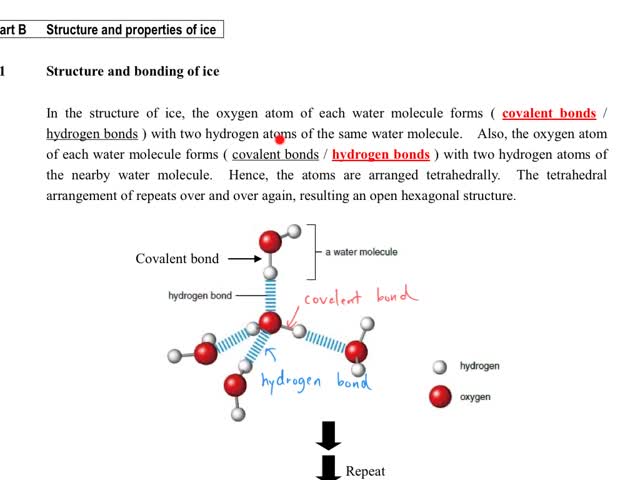
Chemistry tutorial-Ch27-2-Structure and bonding of ice
The idealised formation of a porous structure by a freeze cast
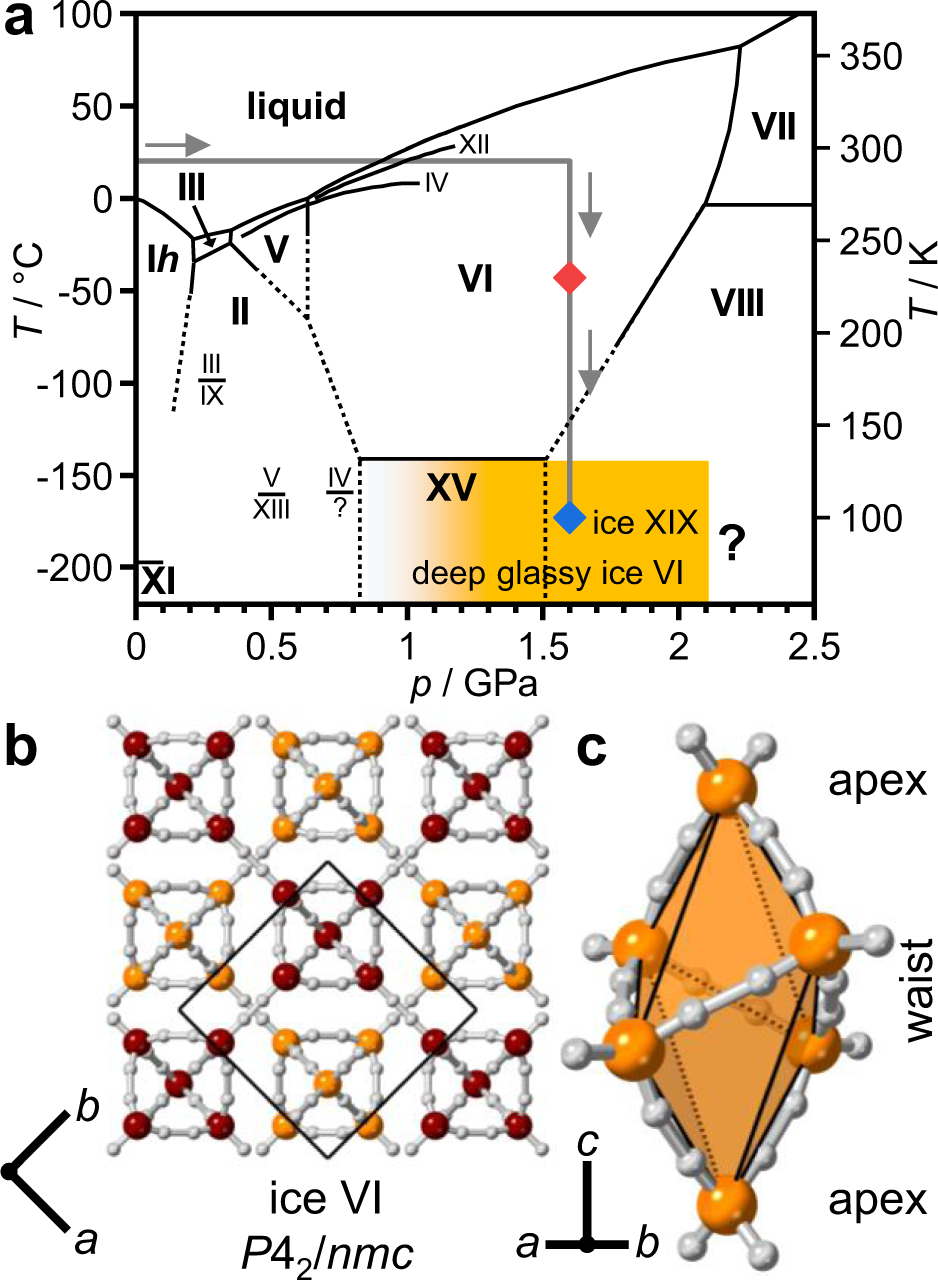
Structure and nature of ice XIX
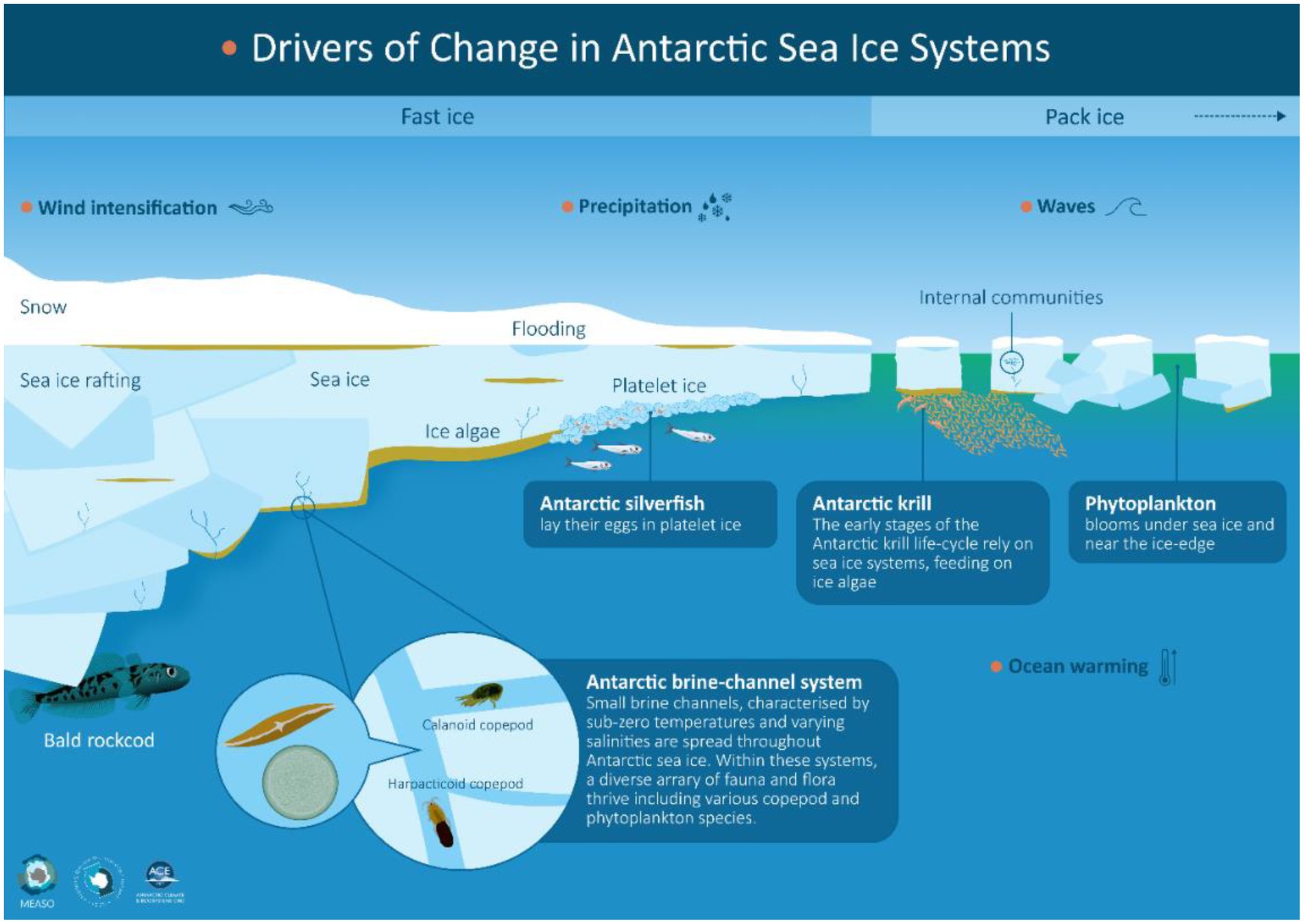
Frontiers Biological responses to change in Antarctic sea ice

Designing Anti‐Icing Surfaces by Controlling Ice Formation - Zhou
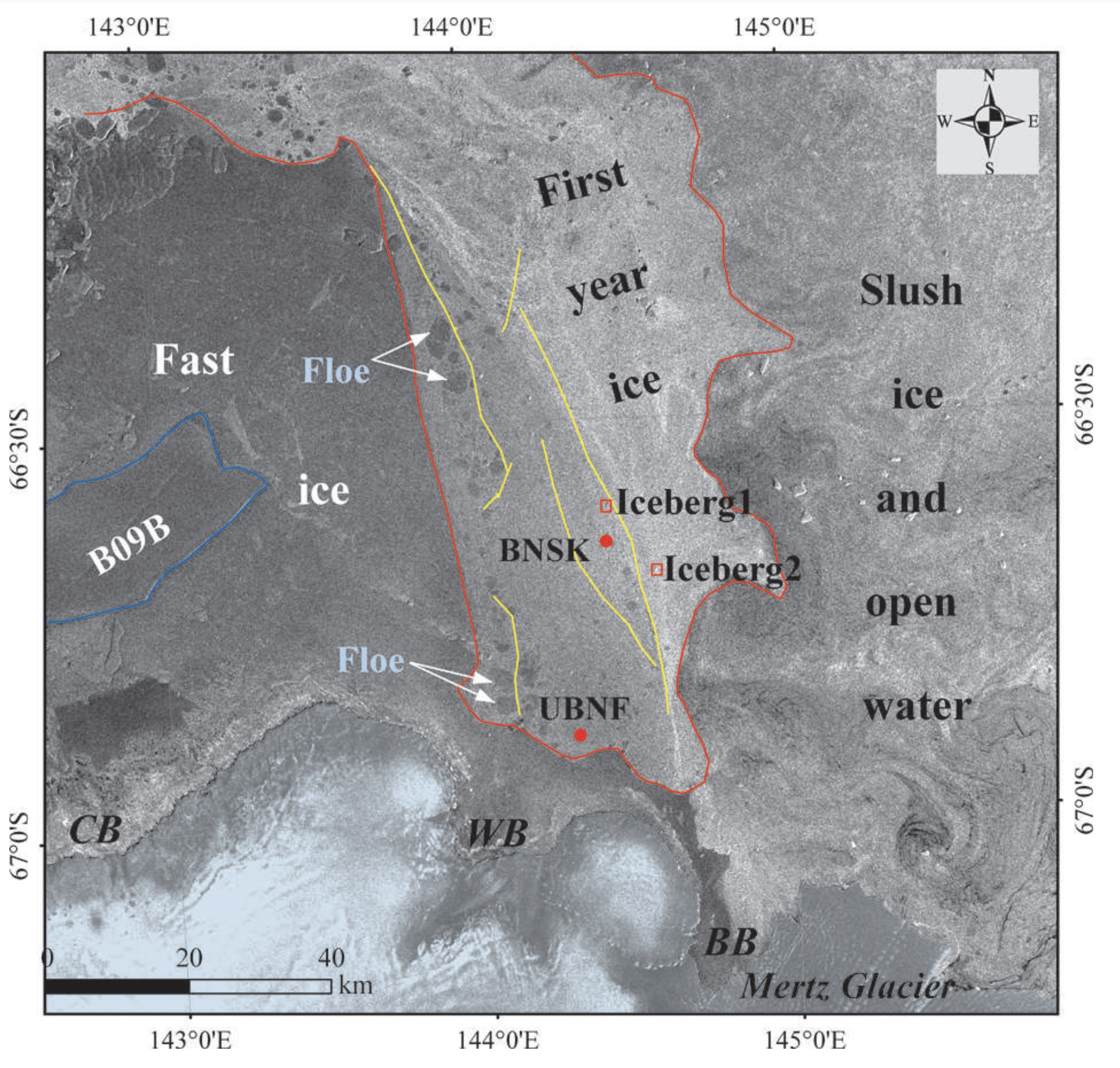
Science of Sea Ice National Snow and Ice Data Center
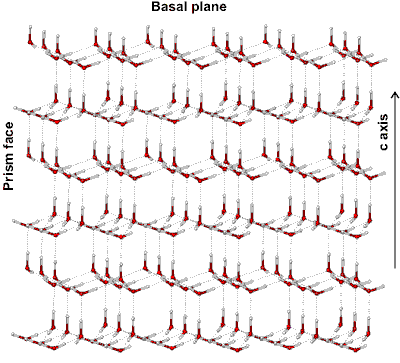
Hexagonal ice (ice Ih)

Regulating ice formation for enhancing frozen food quality

Ice - Wikipedia

Structural glaciology

